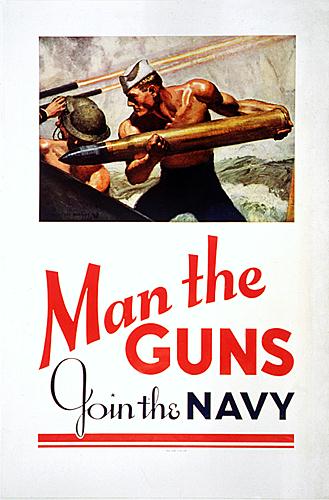 The great mystery on World War II is how so many missed seeing Hitler as a serious threat. In Herman Wouk's great historical novel The Winds of War
The great mystery on World War II is how so many missed seeing Hitler as a serious threat. In Herman Wouk's great historical novel The Winds of WarThe Winds of War starts with the 1940 invasion of Poland and ends with the 1941 attack on Pearl Harbor. At each turn these characters explain events in a way to maintain their own group's integrity and perspective. General Roon admires the prosperity Hilter has brought to Germany. The Henrys comfort themselves with the great distances that separate the US from Europe. And finally, the Jastrows take the historical perspective of how the Jew have survived in Europe over the centuries.
I don't know what was more frustrating: when the embassy staff in Moscow ignored reports of genocide because the reports might be British propaganda to force the US into the war or because they feared the American public would oppose fighting Hilter if the goal was to protect Jews. In either case well-meaning and knowledgeable officials did nothing.
With its narrow focus on 1940-41 and US decision to support the Allies, The Winds of War provides a rich view of the people and the politics that lead the US into World War II. This is historical fiction are its best.




